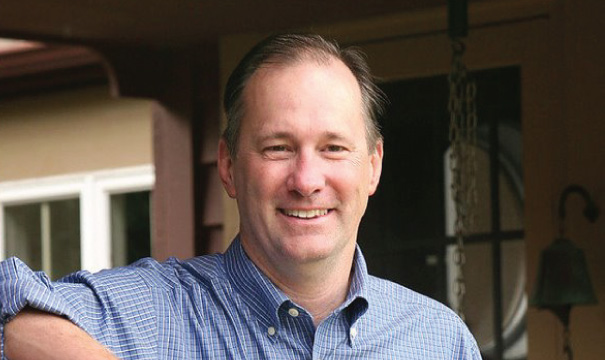I remember when I was a kid going to school, and the Highlights magazine would arrive, which I loved. Our teacher would give us a half hour at the end of the day to read it, and I would lose myself in it, reading the exploits of Ma and Pa Timbertoes, with their children Mabel and Tommy, playing with their dog Spot and cat Splinter and goat Butter, and going for rides on their horse Troy. Then I’d read the riddles, including the knock-knock jokes. Knock knock. Who’s there? Cantaloupe. Cantaloupe who? I cantaloupe tonight, I forgot my ladder.
I’d save the best for the last, the Goofus and Gallant cartoon. Goofus was mean, greedy, and self-absorbed, while Gallant was kind, thoughtful, and generous. Interestingly, the professor of American Culture and Literature at the City University of New York, Harold Schechter, once surveyed readers of the magazine and learned that while children believed Gallant was nicer, they preferred Goofus. This explains a great deal about American politics.
I spent all my elementary school years reading Goofus and Gallant, and got in the habit of assigning human behavior to one of those two categories. Then I became a pastor and read a lot about churches who, like people, also fall into the Goofus or Gallant camp. I’ll give you some examples.
I grew up in a Christian denomination that didn’t allow women in leadership. That’s Goofus. I left that denomination and joined another, attending a church whose pastor believed God sent non-Christians to hell when they died. That’s Goofus. This week, a Methodist Church in Minnesota announced they would be closing their doors, and reopening in a few months with a new pastor and a new worship style in order to attract young families. They told the 30 elderly people who’ve kept that church going all these years that they will probably be happier worshipping somewhere else when they re-open. That’s Goofus.
Last month, a large church in Plainfield, when asked if they would be willing to house homeless families, refused, saying their building is “sacred ground” and that they can’t have “those type of people” in their building. When asked if they might provide financial support, they declined, because the program might assist gay people or Muslims. That’s Goofus.
Anytime a church moves further away from the values of Jesus, anytime they exclude those who are different, reject those who are struggling, dismiss those who are older, or for that matter younger, anytime a church moves further away from the values of Jesus, they become less and less the Church, and more and more the World. Less Gallant, more Goofus, to continue our theme.
Sacred ground. Let’s talk about sacred ground. You know what sacred ground is? What makes something sacred or not depends entirely upon how people are treated there. When a church won’t feed the hungry, clothe the poor, welcome the marginalized, or house the homeless, but still insists its space is sacred, then words have lost their meaning and that church has lost its soul.
I was reading a book called The Way of Jesus, written by a man named Toby Jones, whom I’d met several years ago. In the book, he tells the story of an Episcopal church in New York City called The Church of the Holy Apostles. The church had once been a big, dynamic, powerful church, then it fell on hard times, people stopped attending, and left to attend megachurches. Aaargh! The church was running out of money, and was down to a handful of folks, most of them elderly.
The bishop sent a new minister there with instructions to close the church. The minister was fresh out of seminary, had never pastored before, but had this wonderful idea. He said to the people in the church, “Hey, if we’re going to close down, we might as well go out doing something Christlike.” They decided to start feeding poor people. They opened a soup kitchen, put up signs all around the neighborhood announcing it, and the first day fed 35 people in their basement.
Their roof started leaking. It was too expensive to fix, so they didn’t. They just set out buckets and kept feeding people down in the basement. Then they had a fire, a big fire, and the sanctuary was destroyed. The insurance company came in and restored their sanctuary, transforming it into beautiful, stunning space. They were getting to put new pews in, and said to one another, “Why are we feeding all these people in a dingy, musty old basement? That’s so degrading. Let’s feed them upstairs where it’s beautiful.” So instead of putting pews in, which would only be used an hour a week, they moved in tables and chairs. Now they raise millions of dollars a year to feed thousands of people each day in the most beautiful place in their church, and on Sunday morning, they take down the tables, set up chairs, and the place is packed.
A reporter interviewed one of the church members and asked her, “Why do you do this?” And the woman said, “Because Jesus said to feed the hungry.” That’s what makes a place sacred.
You can have the prettiest, largest church building in town, with programs for every age. But if you don’t care for the least of these, it’s not sacred space.
You can be the oldest church in the county, founded in 1826, with a fascinating history, but if you don’t welcome the stranger and feed the hungry, it’s not sacred space.
Architecture, purity, and longevity don’t make a church sacred. Only one thing can make space sacred–loving the least of our brothers and sisters.

